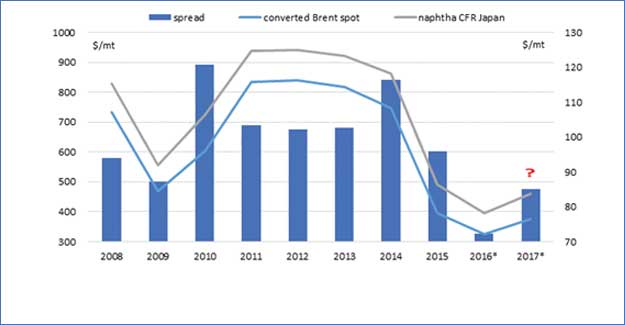Global e-Textiles Market To Grow At 36.2% CAGR
Global e-Textiles Market To Grow At 36.2% CAGR

The global e-textiles market is growing with a CAGR of about 36.2% due to its increasing application across varied industries such as defence, healthcare, and sports among others, according to the recent report by Occams Business Research & Consulting, an India based market research company.
The report entitled Global E-Textile Market Insights, Opportunity, Analysis, Market Shares And Forecast 2016 - 2022, provides a market overview, market determinants, market segmentation, competitive landscape analysis, as well as global e-textile market by region revenue analysis for 2014-2022, and company profiles.
Technological advancements
Technological advancements in wearable technology coupled with its rapid growth rate are majorly propelling the market growth of e-textiles. Wearable technology has witnessed a growth rate of around 126% during 2014-2015 and is expected to continue this positive trend in the coming years, according to the report.
Medical and healthcare, and sports and fitness segments are anticipated to impact the market growth positively in the coming years due to increasing adoption of e-textile in these application areas. North America dominates the global market and held around 40% of revenue share in 2015 owing to the rising adoption of e-textile products in the regional healthcare and sports sector. Whereas, Asia Pacific is growing with huge pace owing to availability of low cost fibres and cost-efficient manufacturing.
In the US, various NBA teams such as Houston Rockets, Dallas Mavericks etc. have started experimenting with using an OptimEye, a device developed by Catapult Sports. This device is embedded into a jersey and helps the team members to collect data on a player's velocity, acceleration, jump height, distance, heart rate and more.
Recent developments
Wearable technology is the pioneer and a worldwide leading innovation, as well as a market development platform for the technologies worn close to the body. Constant technological advancements in this platform have boosted the market growth for e-textiles. The technological innovations showcased at the Wearable Technology Show in London in March 2016 included Babypod, Spartan Boxer Shorts and Beddit Sleep Tracker.
A Spartan Boxer Shorts wearable technology is designed with the aim to protect the males from the side effects of the IOT revolution. It has been witnessed that the electromagnetic radiations generated from the wireless devices possess the capability to decrease the fertility rate in men. This innovative product claims to restrict 99% of radiations from affecting the reproduction rate in men. Hence, it is been estimated that the innovation of such technologies creates a wider scope for the e-textile market.
Healthcare and sports applications
E-textile products are primarily deployed in the healthcare segment to fulfil the unique purposes such as to track heartbeat and to study and scrutinise numerous disorders (cardiovascular, neurological or respiratory).
In recent decades, a significant increase has been observed in the number of older people suffering from diseases. Due to this, automatic and smart health care services e-textiles can be foreseen as significant tools for achieving the goals of controlling the reducible costs and eliminating the inefficiencies in terms of reactive healthcare system
Currently, the need for preventive or predictive healthcare system has boosted the demand for e-textiles. Some of the most popular e-textile products in healthcare applications are SmartShirt and LifeShirt, with a capability of measuring the vital signals like blood pressure, heart beat, temperature etc. Furthermore, increasing sales volume of health and fitness trackers across the regions indicates a scope for the e-textiles market in healthcare and sports segment. In 2015, health and fitness trackers sales in North America were numbered 8.5 million units, up from 4.8 million units in 2014.



 textileexcellence
textileexcellence 







